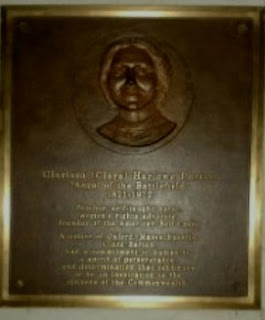Census data indicates 1 in 15 Americans are poorest of poor
In early November 2011, the U.S. Census Bureau released new data regarding poverty in the United States. The data indicated that 1 in 15 people in the U.S. are amongst the poorest of the poor – a record high since the Census Bureau began maintaining poverty records 35 years ago.
According to a November 4, 2011 article written by Associated Press reporters Hope Yen and Laura Wides-Munoz, “About 20.5 million Americans, or 6.7 percent of the US population, make up the poorest poor, defined as those at 50 percent or less of the official poverty level.” There are approximately 46.2 million people living below the federal poverty line. In 2010, the poorest of the poor was defined as an income of $5,570 or less for one person and $11,157 for a family of four.
According to a November 4, 2011 article written by Associated Press reporters Hope Yen and Laura Wides-Munoz, “About 20.5 million Americans, or 6.7 percent of the US population, make up the poorest poor, defined as those at 50 percent or less of the official poverty level.” There are approximately 46.2 million people living below the federal poverty line. In 2010, the poorest of the poor was defined as an income of $5,570 or less for one person and $11,157 for a family of four.
Since 2007, 40 states and the District of Columbia have had increases in the number of people considered the poorest of the poor. No states saw a decrease in these numbers. The District of Columbia led with 10.7 percent of its population considered as the poorest of the poor, followed by Mississippi and New Mexico.
In the AP article, Johns Hopkins University economics professor Robert Moffitt says: “Recessions are supposed to be temporary, and when it’s over, everything returns to where it was before. But the worry now is that the downturn – which will end eventually – will have long-lasting effects on families who lose jobs, become worse off, and can’t recover.”
The new Census Bureau information made me think about an exhibit that I visited in November 2011. The exhibit was called “Can you Spare a Dime?” at Bunker Hill Community College in Boston, Massachusetts. The exhibit featured 21 portraits by artist Marc Clamage of homeless people in the Boston area. The portraits depict real people struggling to live. The artistic work of Clamage is an example of the harsh reality that poor citizens in the U.S. face on a daily basis.
Poverty is a complex and challenging issue that affects millions of Americans. In order for more people to get out of poverty it is imperative for the U.S. public education system to receive adequate funding to train students for an increasingly challenging employment market. I also think that private companies, community employment centers, and government entities should devise cost-effective methods to train quality candidates for a myriad of job tasks. We should collectively work towards a society that sincerely attempts to reduce poverty and increase the quality of life for the poor and the poorest of the poor.


Comments
Post a Comment